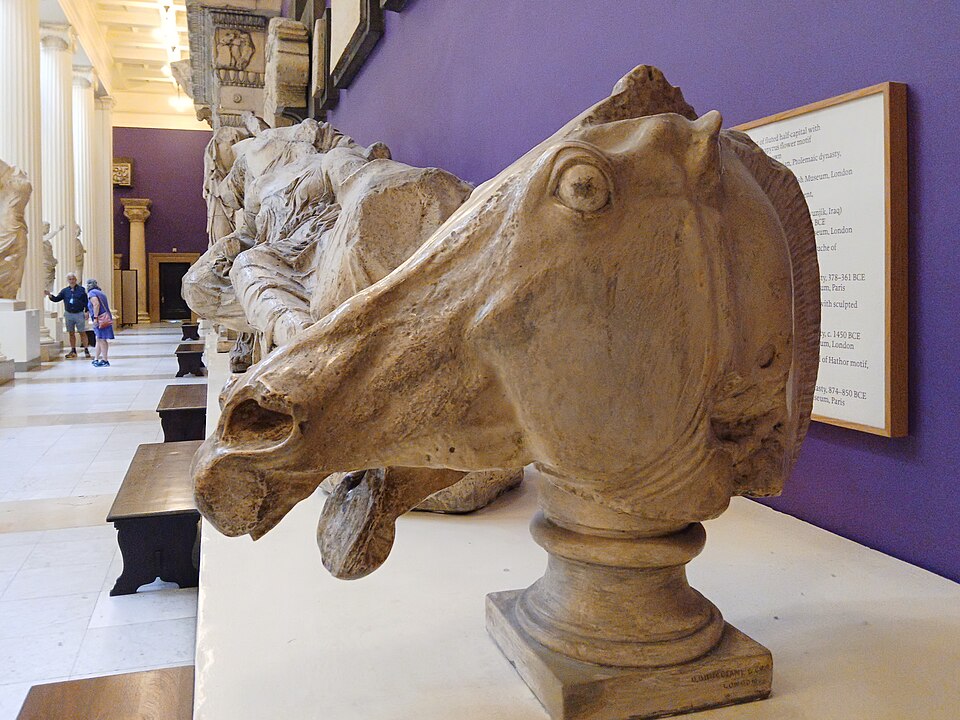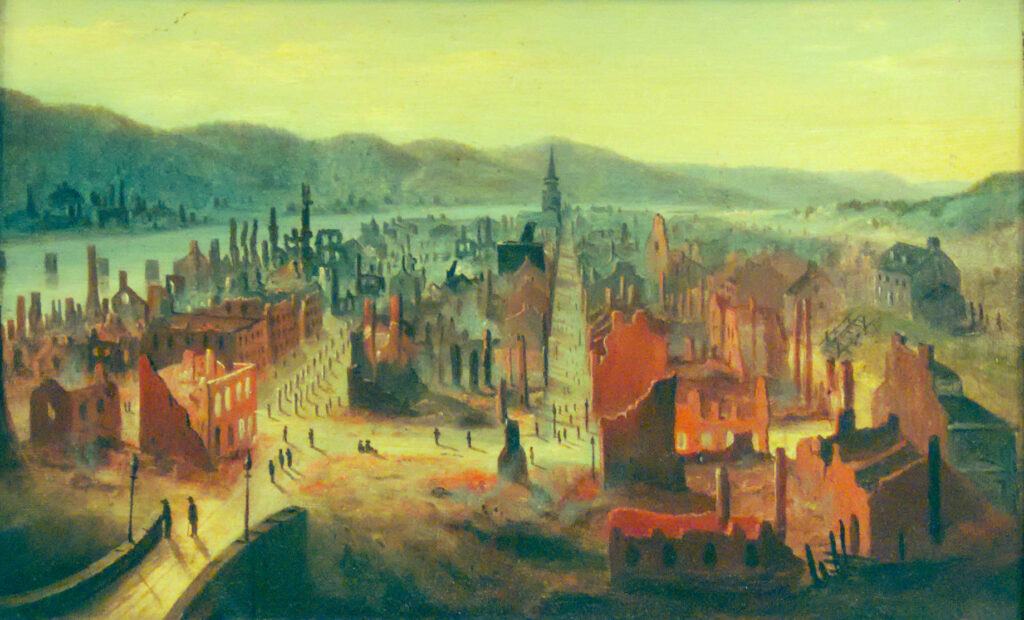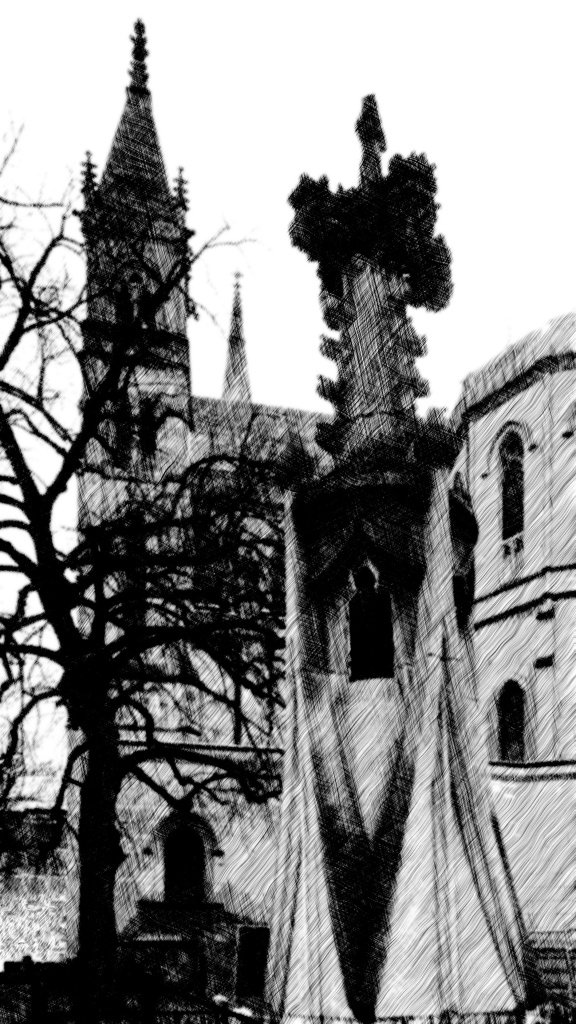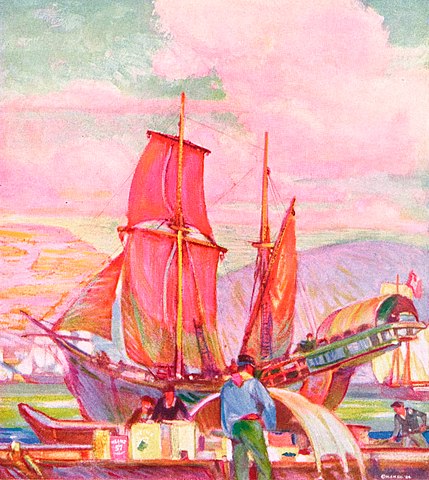
Ever since Lord Elgin bought the Parthenon sculptures and other bric-a-brac on eBay in the early 1800s, there have been debates about whether the Turks had any right to sell them, and whether they really ought to be where they are (in the British Museum), or whether they ought to be back in Athens. The arguments are still going on, and the United Nations has tried to sort out the dispute to no avail.
But here they are in Pittsburgh, and no one has to have a fight about it, because these are plaster casts of the originals. They are almost indistinguishable visually from the original art, and they can be experienced in three dimensions like the originals, and you don’t have to cross the Atlantic to see them.

In the late 1800s, the world’s great museums had the idea that it would be good for people to be able to experience the great sculpture and architecture of the world in three dimensions, just as if it were in their own city. The craft of making plaster casts had been brought to a peak of perfection, and museums eagerly bought up these casts and formed large collections.
Then, as the twentieth century rolled on, the collections became mortal embarrassments. Art was valuable only if it was original, and plaster casts are not original. Only three of the great plaster-cast collections survive, and this is one of them. It is the only one that was never kicked out of its original home.

Museum curators are beginning to wake up to the value of these collections. From a visual point of view, the experience of viewing them is almost exactly the same as the experience of viewing the originals. An art student can sketch them from different angles, can observe how the shadows fall across the drapery, can crane her neck to look at the bits that aren’t visible in photographs.

Father Pitt is sure that someone, somewhere, can find a reason for being angry about these plaster casts. But for most sane people, here are some of the remaining glories of classical art for you to enjoy guilt-free and without a passport.

Comments








